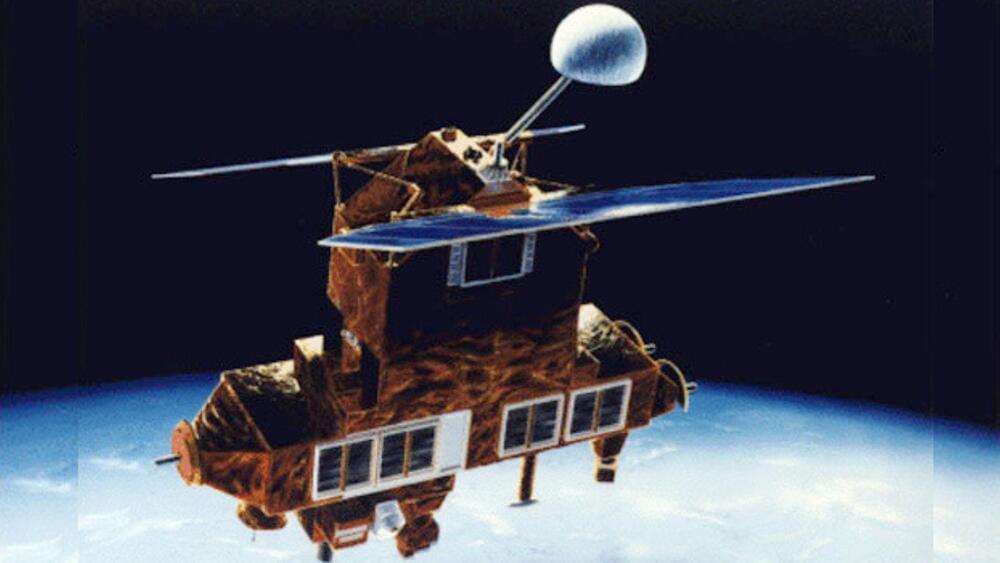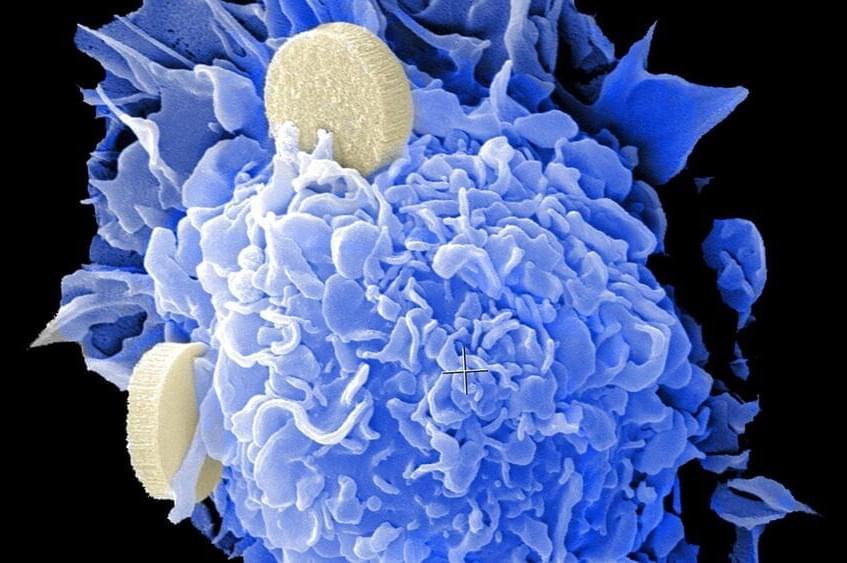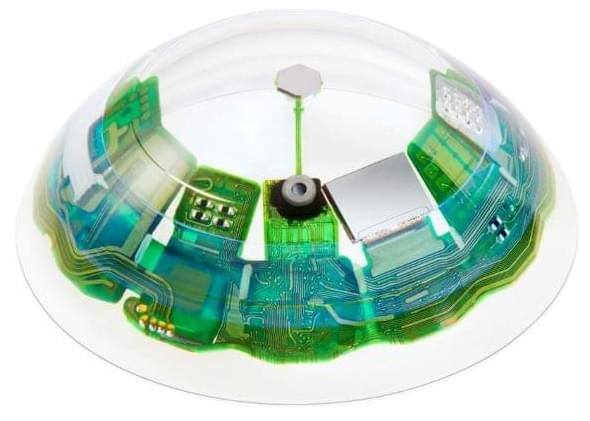“Brainomix specialise in the creation of AI-powered imaging biomarkers that enable precision medicine for better treatment decisions in stroke imaging”
https://www.openaccessgovernment.org/brainomix-stroke-imaging-solutions/122141/
The use of artificial intelligence (AI) technology has helped to triple the number of patients who recover from a stroke in England.
Early-stage analysis of the Brainomix e-Stroke system technology, which has been rolled out in a number of stroke networks in the country, found it can greatly cut the time between diagnosis and treatment.
This is a critical window of time in an extremely time-sensitive diagnosis.







